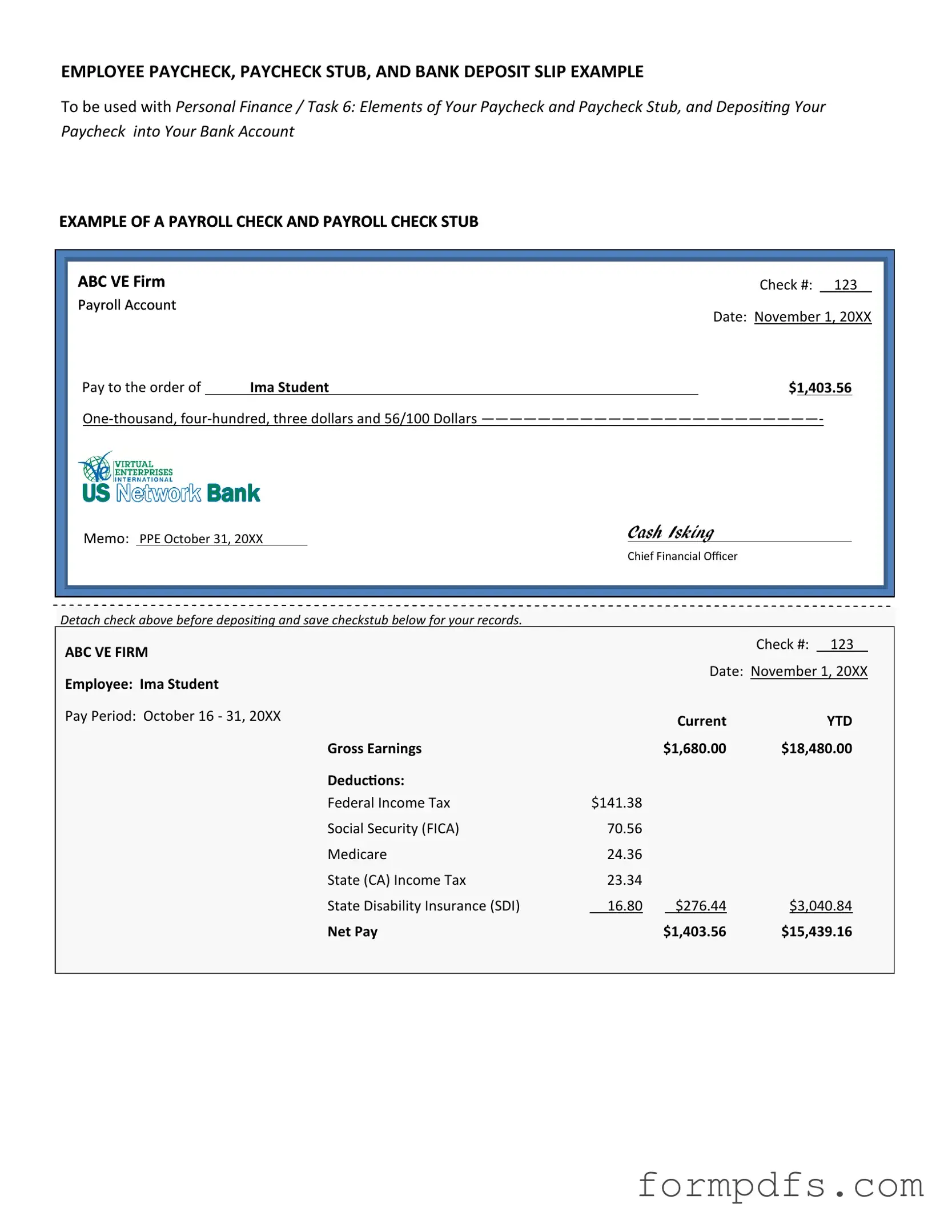What is a Payroll Check form?
A Payroll Check form is a document used by employers to issue payments to employees for their work. It includes details such as the employee's name, payment amount, and the pay period. This form serves as an official record of payment and ensures that employees receive their wages accurately and on time.
Who needs to fill out the Payroll Check form?
The Payroll Check form must be filled out by the employer or the payroll department. It is essential for documenting employee payments and maintaining accurate financial records. Employees do not fill out this form; instead, they receive it once the employer processes payroll.
What information is required on the Payroll Check form?
The form typically requires the employee's name, address, Social Security number, the amount being paid, the pay period dates, and the employer's information. It may also include deductions for taxes and other withholdings. Accurate information is crucial to avoid errors in payment.
How often should Payroll Check forms be issued?
Payroll Check forms should be issued according to the employer's payroll schedule. This could be weekly, bi-weekly, or monthly. Consistency in issuing these checks helps employees manage their finances effectively and ensures compliance with labor laws.
What should I do if I notice an error on my Payroll Check form?
If you notice an error on your Payroll Check form, contact your employer or the payroll department immediately. Provide them with the details of the error, such as incorrect amounts or missing information. Prompt reporting helps resolve issues quickly and ensures you receive the correct payment.
Can Payroll Check forms be issued electronically?
Yes, Payroll Check forms can be issued electronically. Many employers now use direct deposit, which allows funds to be transferred directly to employees' bank accounts. However, if an employee prefers a physical check, employers should still provide that option.
How should Payroll Check forms be stored?
Payroll Check forms should be stored securely to protect sensitive employee information. Employers must keep these records for a specific period, often several years, to comply with tax laws and regulations. Digital storage solutions with encryption can provide added security.
